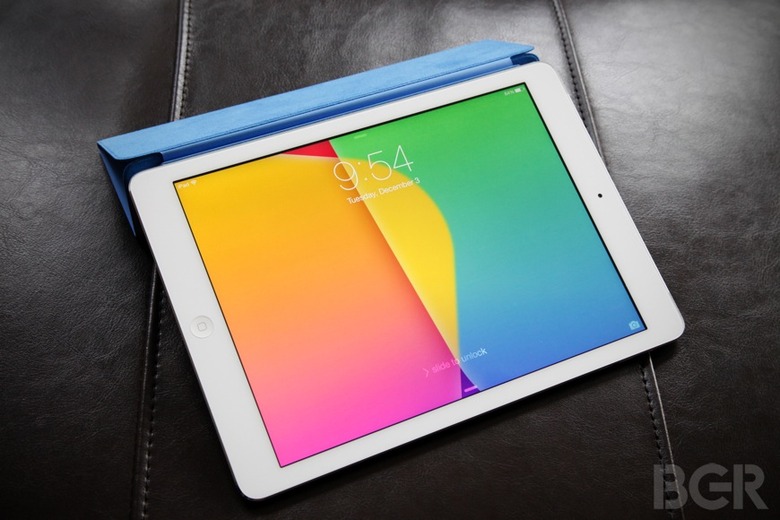Why Apple's iPad Might Be In Big Trouble
Though Apple's iPad business is still healthy, having shipped 16.4 million units and generated $7.6 billion in revenue in the most recent quarter, that business could be in big trouble, largely from Apple itself.
Research firm IDC lowered its forecast for the tablet plus the 2-in-1 market to 245.4 million units, down from a previous view of 260.9 million. While that would represent 12.1% year-over-year growth, which is still a healthy rate, it would be down sharply from the 51.8% growth seen in 2013.
There are two major reasons for the decelerating growth: 1. tablets aren't being replaced like smartphones are, once every two years. 2. Larger smartphones with screens 5.5-inches and above are making people realize they only need one device, instead of two.
Companies like Samsung have been at the forefront of the "phablet" trend, as these phones have seen a more than doubling in shipments from Q1 2013 to Q1 2014, to 30.1 million units, good for 10.5% of the market.
Apple is also reportedly getting into the act, as it's expected to launch a 4.7-inch and 5.5-inch iPhone later this year. People are looking to do more with their devices, not less, cutting back on devices that are seen as less useful.
"The shift back toward larger screens will mark a welcome sea change for most vendors as the average selling price for these devices will remain roughly 50 percent higher than the average sub-8-inch device," said IDC research analyst Jitesh Ubrani in the press release. "Microsoft is also expected to benefit from this shift as the share for Windows-based devices is expected to double between now and 2018."
Even though it's clear that the tablet market is slowing, Apple isn't going to go down without a fight to defend its second biggest product, behind the iPhone. On Apple's latest earnings call, CEO Tim Cook gave two reasons for the iPad slowdown, as shipments declined 37% sequentially and 16% year over year.
Cook noted that in the March quarter, Apple "significantly increased iPad channel inventory, while this year we significantly reduced it." He also stated that there was a "substantial backlog" for the iPad mini in the December quarter that was shipped in the March quarter, and this quarter the company was "near supply demand balance. We continue to believe that the tablet market will surpass the PC market in size within the next few years and we believe that Apple will be a major beneficiary of this trend."
Apple has been proactive about trying to slow this, launching the iPad on new carriers, including most recently Japan's No.1 wireless carrier NTT DOCOMO. While that may help stem the tide in the interim, it seems as if the tablet market isn't as big as many, including Apple, thought it would be.
The best way to solve this? Maybe an iPhone that turns into an iPad...
